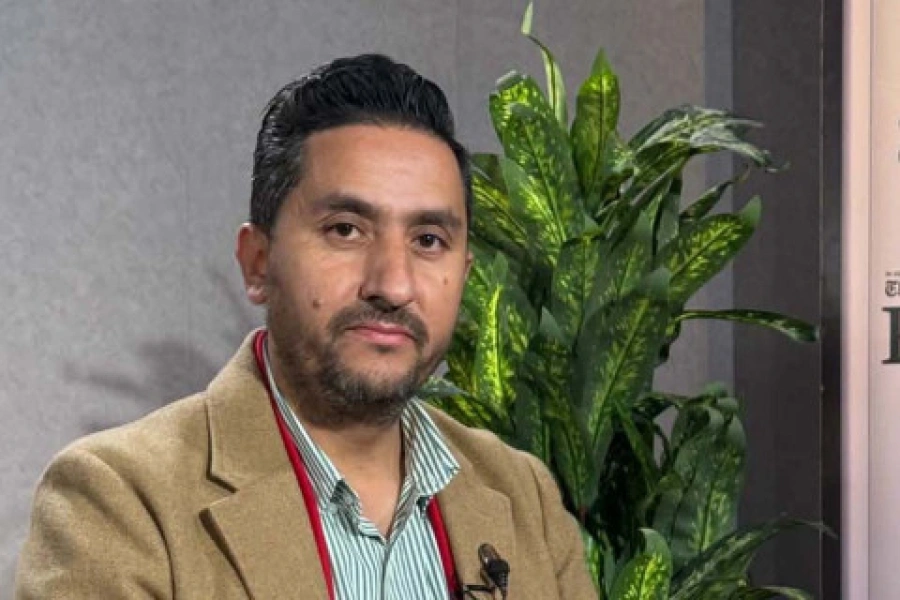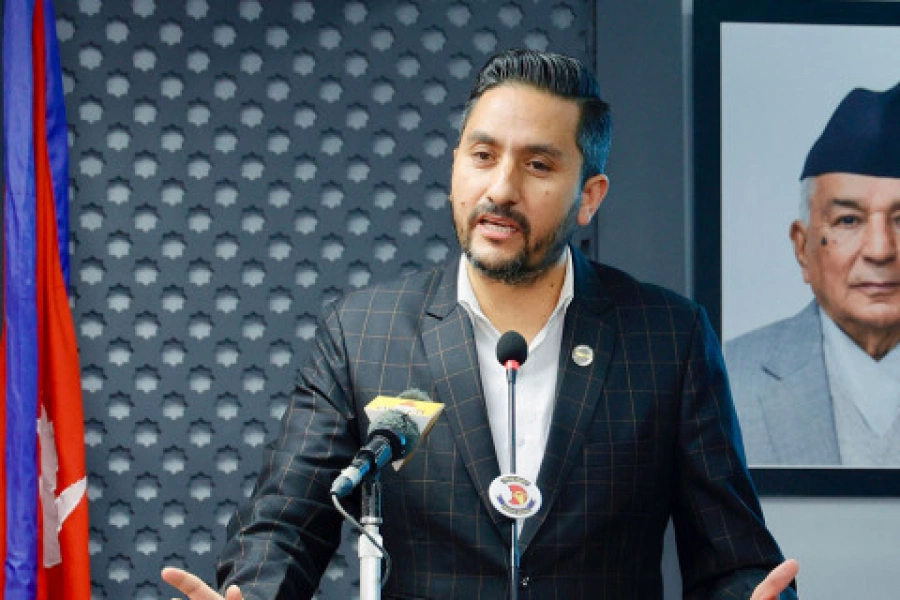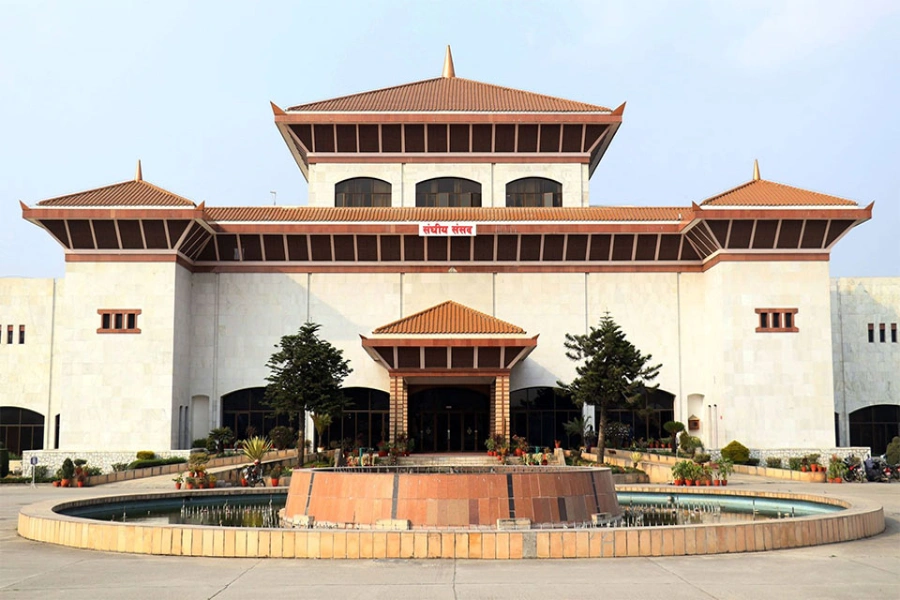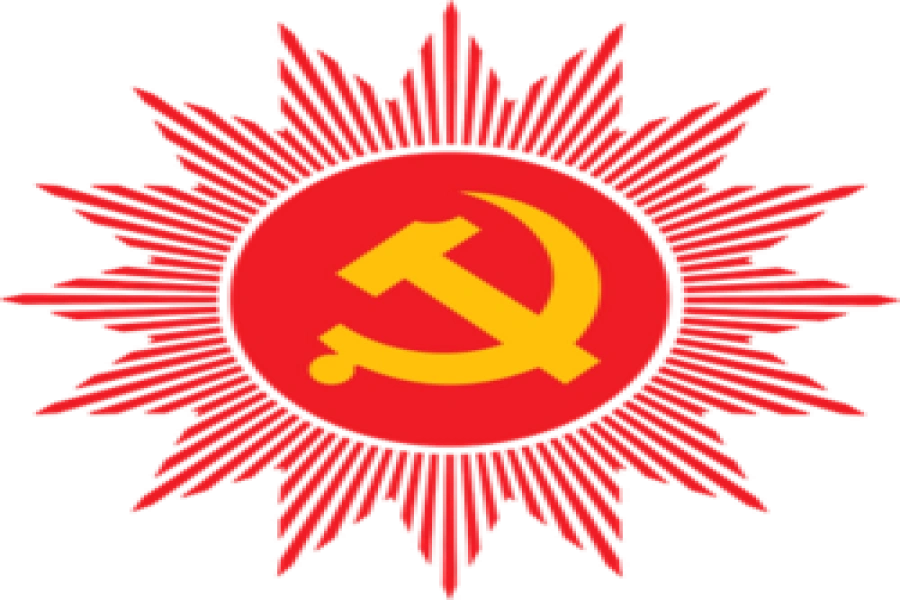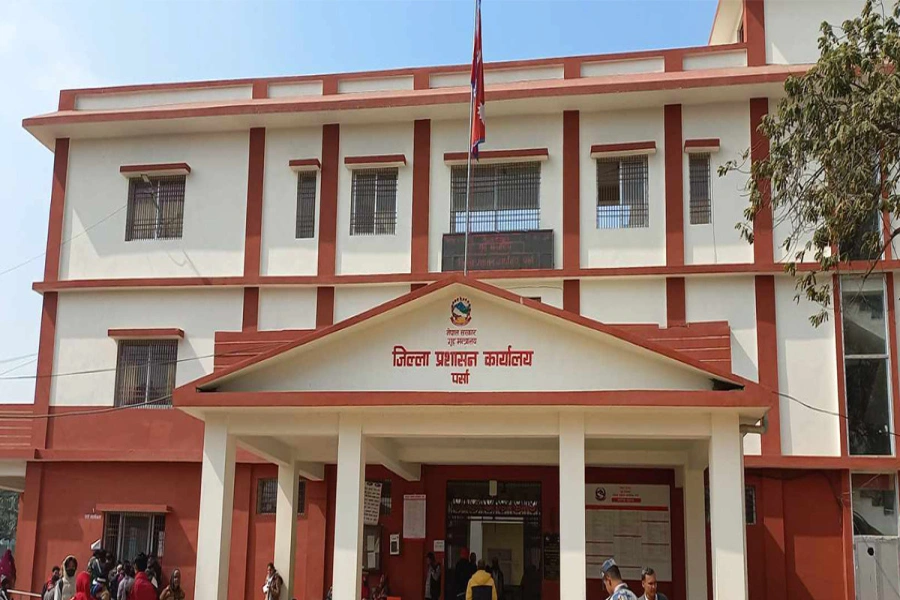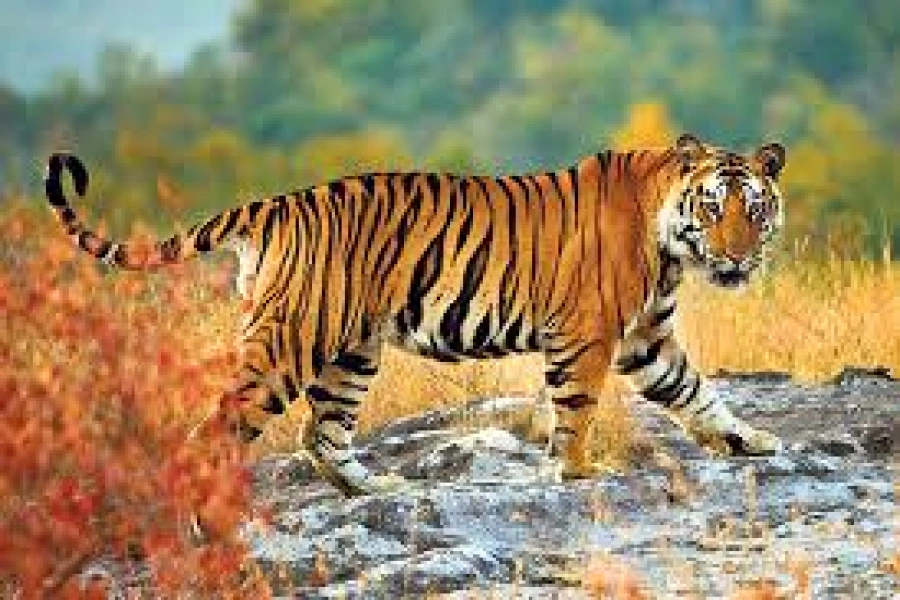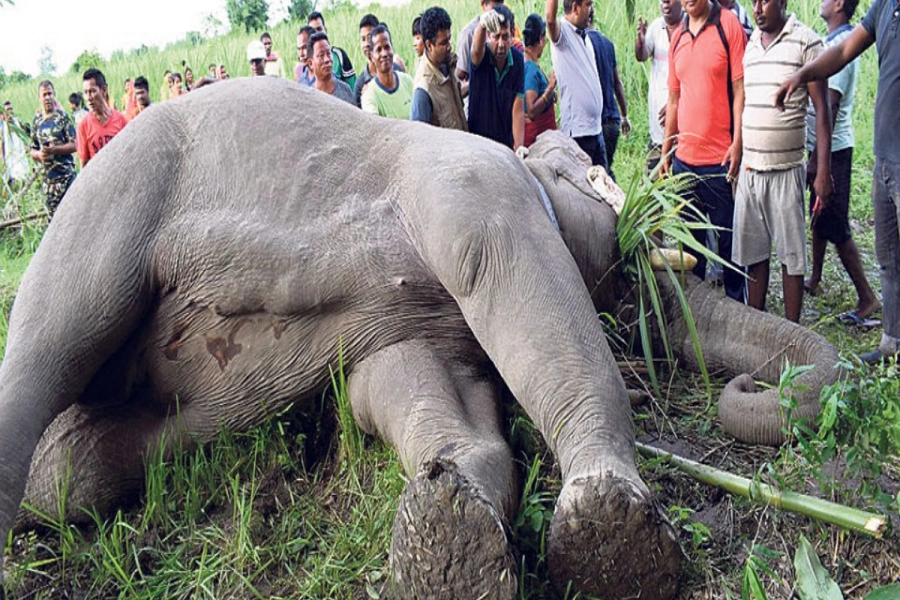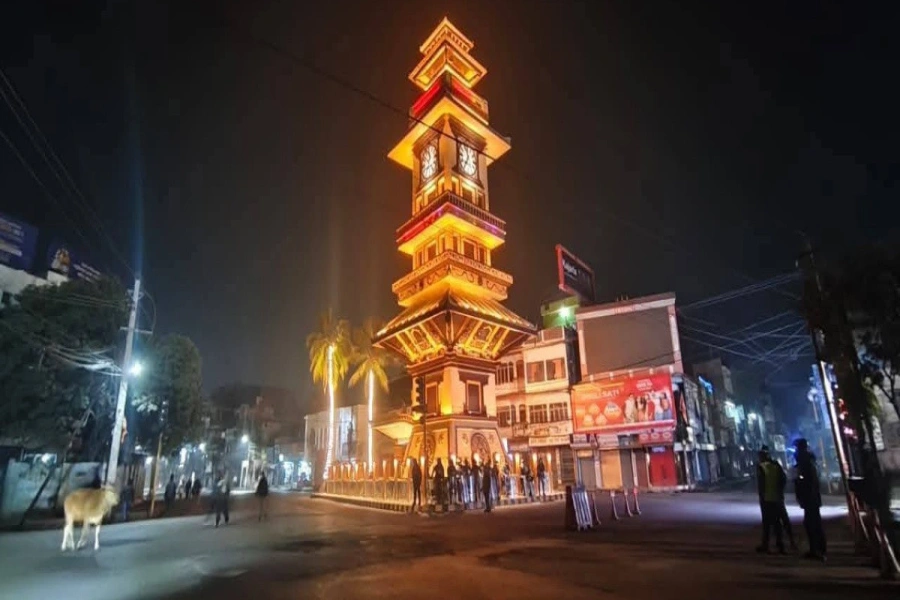Average daily expenditure for tourists across the country is $41, but in Gandaki Province, it is at least $54
POKHARA, July 28: According to government data, foreign tourists visiting Nepal spend an average of 41 US dollars per day. According to Ministry of Tourism data, foreign tourists spent an average of 41 US dollars per day in 2023. The figure of expenditure was 40.5 USD in 2022. Tourism entrepreneurs have been stressing that the spending capacity of foreign tourists should be expanded through increased activities.
However, the average daily expenditure made by foreign tourists in Gandaki Province is more than that of the country’s. The research unit of the Pokhara office of Nepal Rastra Bank (NRB), which has made a special study on the migration and spending trends of foreign tourists visiting Gandaki Province, reveals that foreign tourists who enter Gandaki Province spend between 54 to 89 US dollars per day.
According to the study, the weighted average daily expenditure of tourists entering Gandaki province is 62.89 US dollars. However, it is mentioned that the average daily expenditure of tourists who come to Gandaki province on package tours is 89.31 US dollars per day. Similarly, according to the study of NRB, the daily average expenditure of tourists who come to visit Gandaki Province is 54.32 US dollars per day.
In the case of average daily expenses, it is mentioned that the highest expenditure of tourists is 28.22 percent on food. According to the study report, 27.6 percent is spent on accommodation, 21.7 percent on transportation and 12.3 percent on entertainment.
Gandaki Province set to become 'Bright Gandaki Province'

According to Dharmaraj Panthi, president of the Trekking Agencies Association of Nepal (TAAN) Gandaki, which represents trekking businesses, the study conducted by the NRB focuses on five key districts in Gandaki Province: Kaski, Mustang, Manang, Myagdi, and Gorkha. The study examines tourism activities in these areas. Previously, the focus also included Nawalparasi, expanding the research to six districts before it was narrowed down.
According to Panthi, the details of tourists' stays and expenses have been assessed based on their activities. He explained that tourists staying only in Kaski tend to have shorter stays and lower expenses because the cost of food and accommodation in the Pokhara area is relatively affordable. In contrast, tourists traveling to trekking regions such as Mustang, Manang, Myagdi, and Gorkha typically stay longer and incur higher expenses due to the more extended nature of their trips and the higher costs associated with trekking in these areas.
"This study focuses on districts with major routes, as these are popular destinations for trekking," said Panthi. "Tourists visiting these areas tend to stay longer, leading to higher expenses. Accommodation and other costs increase in line with the length of the trek," he added.
According to him, the number of tourists visiting Pokhara is relatively low. When trekking, foreigners must cover their own expenses for food, accommodation, and transportation. Despite this, Pokhara offers numerous options for affordable dining and lodging, making it possible to stay and eat on a budget.
He explained that since this study focuses on districts where trekking and pilgrimage activities occur, both the expenses and the duration of stay tend to be higher. While the maximum stay for foreign tourists in Pokhara is typically 3 days, it is longer in remote districts. Tourists who remain only in Pokhara incur lower expenses, as the city offers affordable living and dining options. However, trekking in the Annapurna region incurs higher costs due to expenses such as trekking permits, team fees, guides, and accommodation.
Panthi said that extending the length of stay for tourists in trekking areas would also lead to higher expenses. To achieve this, a strategy for increasing tourist spending needs to be developed. He pointed out that the trekking period has significantly shortened; for example, the Annapurna trek, which once took around 20 days, can now be completed in a week. Therefore, efforts are needed to extend the duration of stays and, consequently, boost tourist expenditures.
He suggested that expanding and discovering new trekking routes, rather than relying solely on motorways, could extend both the duration of tourists' stays and their expenses. “By introducing new trails, tourism can be promoted in these areas, potentially increasing both the length of stay and the associated costs,” he stated.
He emphasized the need to attract high-spending tourists rather than focusing on budget travelers. "We should aim to bring in quality tourists who can contribute more to the local economy, rather than those who are looking for the cheapest options. Currently, tourists coming to Nepal often do not spend much, as there are insufficient opportunities for them to spend. We need to create more options and encourage spending," he said.
Pom Narayan Shrestha, the chairman of the Pokhara Tourism Council (PTC), said that while there is potential to increase tourist spending, it has not been fully realized. "We have the opportunity to direct tourists to new destinations and incorporate adventure activities, which could extend their stay and boost their spending," Shrestha said. "However, we currently lack sufficient infrastructure to fully support and capitalize on this potential," he further stated.
“There is currently only one five-star hotel in Pokhara. The presence of more such high-end hotels could attract wealthier tourists," he said. "Additionally, marketing efforts should focus on countries that can draw affluent travelers. It's a misconception that all Indian tourists are budget-conscious; there are wealthy Indian travelers as well. Therefore, we need to promote quality tourism and target markets where affluent tourists are more likely to come. Identifying and attracting tourists from high-spending countries could significantly benefit the tourism industry," Shrestha added.
He suggested that identifying and developing new footpaths, rather than relying on those displaced by motorways, could extend tourists' stays and increase their spending. "Tourists need access to trails where vehicles do not operate," he said. "Therefore, we should find alternatives to the displaced footpaths," he said. He also emphasized the need to enhance adventure activities and invest in upscale infrastructure, as these improvements could boost both the duration of stays and tourist expenditures.



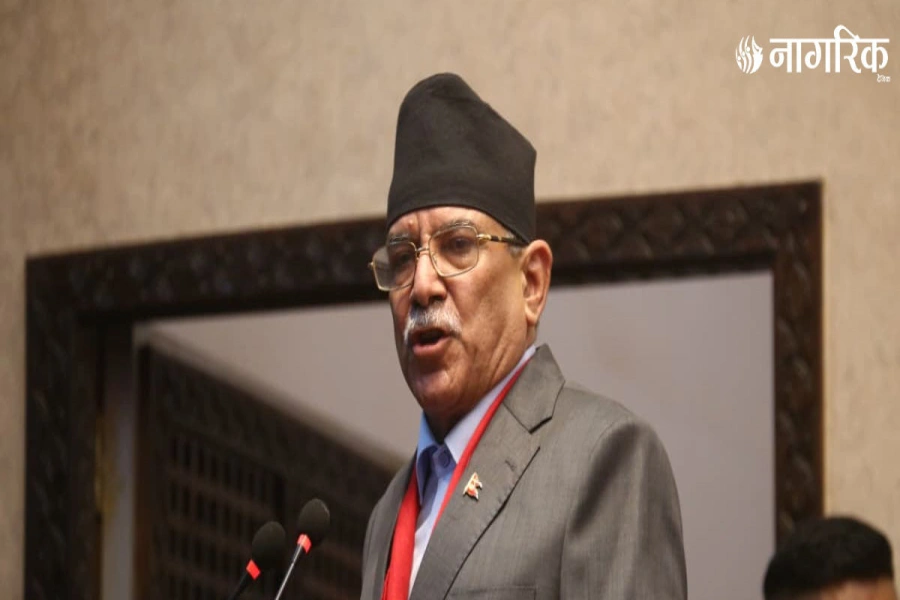




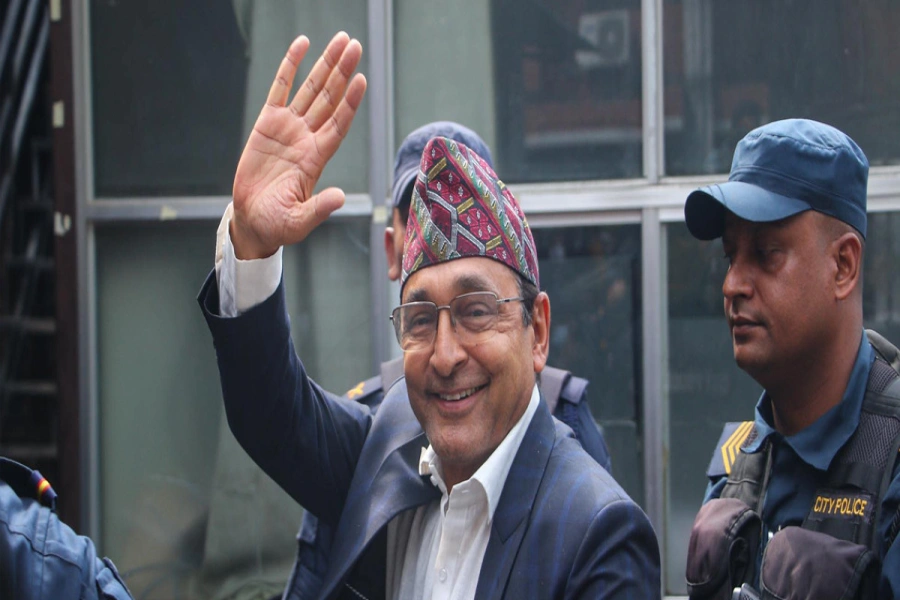

-1200x560_20240402153725.jpg)






